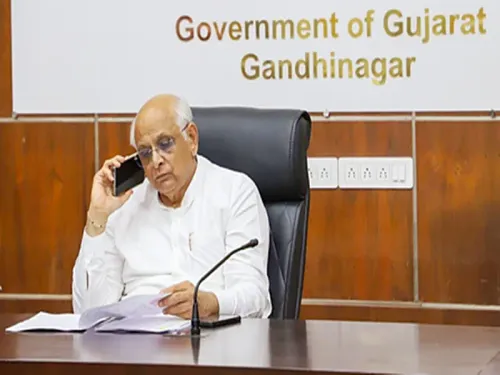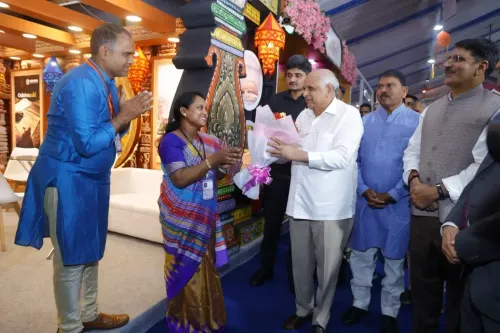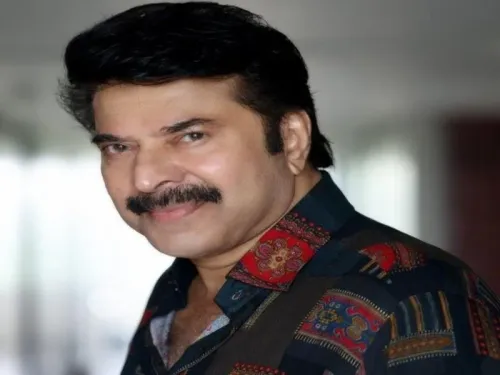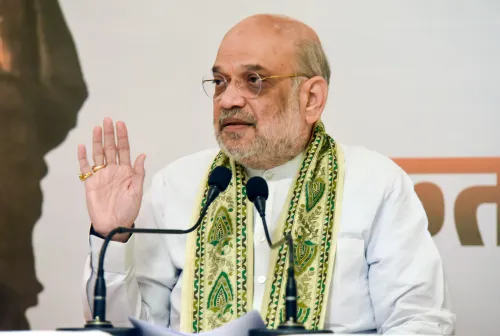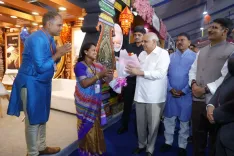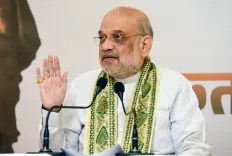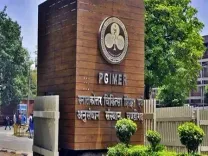Targeting Rs 22,50,000 Per Capita Income by 2047: MP CM Mohan Yadav
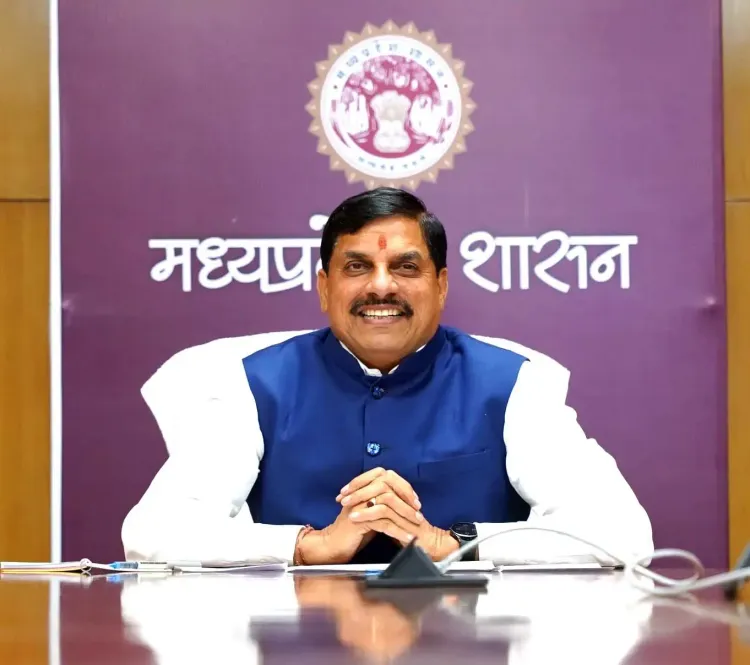
Synopsis
Key Takeaways
- Target of Rs 22,50,000 per capita income by 2047.
- Infrastructure spending to increase by 31% in 2025-26.
- Rs 850 crore allocated for farmer schemes.
- Geeta Bhawan revival with Rs 100 crore budget.
- PM Krishak Mitra Surya Yojana to provide electricity to farmers.
Bhopal, March 24 (NationPress) In the fiscal year 2002-03, the per capita income in Madhya Pradesh was a modest Rs 11,000, and now the state budget reflects a significant rise to Rs 1,52,000 per capita income. Looking to the future, the state is setting its sights on a Rs 250 lakh crore budget by 2047, which is expected to enable a projected per capita income of Rs 22,50,000.
Chief Minister Dr. Mohan Yadav articulated this ambitious vision during the budget session of the State Assembly on Monday, just before the Session was adjourned sine die.
This comprehensive plan emphasizes enhancing capital investments, expanding infrastructure such as roads and electricity, improving healthcare quality, and generating job opportunities for marginalized and middle-class groups.
For the fiscal year 2025-26, infrastructure expenditures are poised for a historic 31 percent increase, with 17 percent of the total budget allocated to this crucial sector.
CM Yadav pointed out the state's economic advancement, highlighting that with a gross domestic production estimated at Rs 16.94 lakh crore, Madhya Pradesh proudly ranks second nationally for rapid economic growth.
Agriculture and forestry sectors have seen a doubled expansion over the past six years, emphasizing the importance of this budget.
The Policy Commission and the Reserve Bank of India (RBI) have acknowledged the state's fiscal health and quality of expenditure, placing it at the forefront nationally.
Culturally, the teachings of the Gita are a source of inspiration for efforts to revive traditions. There are plans to re-establish Geeta Bhawan, with a budget of Rs 100 crore allocated for this initiative.
Milk production, currently at 9 percent, is projected to increase to 20 percent through various initiatives such as the Vrindavan scheme, with a Rs 100 crore allocation.
Additional funding includes Rs 25 crore for the Avaral Namda Basin and Rs 100 crore to enhance pilgrimage sites.
Farmers remain a focal point of the state's agenda, with Rs 850 crore earmarked for farmer-centric schemes. Investments include Rs 100 crore for working women's hostels and Rs 80 crore for transportation facilities.
Efforts are underway to develop roads in tribal areas to resolve longstanding issues.
The PM Krishak Mitra Surya Yojana is a transformative initiative aimed at providing electricity access to 32 lakh farmers through solar pumps within three years, with a substantial Rs 442 crore allocated for this program.
Crop yield bonuses and other measures are additionally in place to bolster agricultural growth.
Moreover, over Rs 2,000 crore has been set aside for public services, including preparations for the grand celebration of Simhastha Kumbh in 2028, ensuring enhanced services for devotees.
Furthermore, Rs 500 crore has been designated to honor Lord Shankaracharya's contributions to the nation and Sanatan Dhama, safeguarding his legacy for future generations.
During the total of 56 hours of the session, members deliberated for 16 hours and 30 minutes on the budget.
In total, nine sittings of the fifth session of the 16th Assembly included 2,939 questions, of which 1,448 were officially listed.
Out of 624 call-attention motion notices, 33 were admitted.
One key private resolution was also passed by the Assembly, along with the approval of a second adjunct budget for the year 2024-25.

